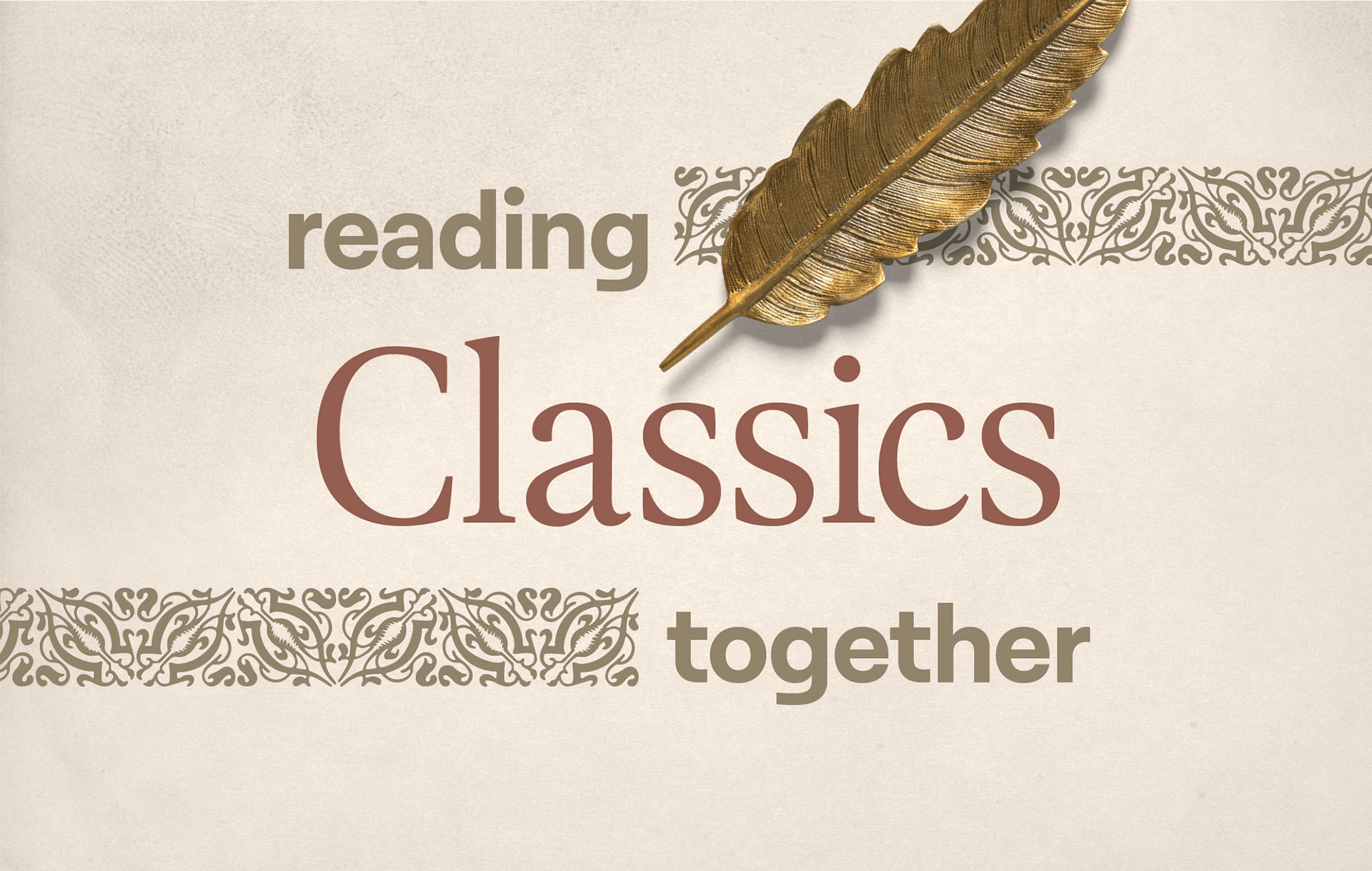
This week’s reading from John Stott’s The Cross of Christ for Reading Classics Together comes courtesy of Rebecca Stark. My week happened in such a way that I wasn’t able to write up my summary post, so I gladly borrowed Rebecca’s (with her permission of course). This week’s chapter was titled “The Community of Celebration” and here is how Rebecca summarizes it…
The Community of Celebration.
Stott starts by pointing out that Jesus didn’t die simply to save individuals but to make a new community of his own people, people from every nation who “live by and under the cross.” First of all, those in the new community of people have a new relationship to God, a relationship marked by
- Boldness, “both in our witness to the world and our prayers to God.”
- Love. Once we were alienated from him, but now we adore and serve him.
- Joy. “The Christian community is a community of celebration.
The centerpoint of our community of celebration is the Lord’s Supper. Stott lists five ways that what we do at the Lord’s Supper is connected to Christ’s sacrifice on the cross.
- We remember it.
- We partake of its benefits.
- We proclaim it.
- We attribute our unity to it.
- We give thanks for it, and in response “offer ourselves, our souls and bodies as ‘living sacrifices’ to his service….”
The rest of the chapter discusses the nature of the sacrifice we make in response to Christ’s sacrifice to us, contrasting both the Roman Catholic view and the view of the Protestant Reformation, and then discussing other mediating views, mostly put forward by various Anglicans, I think. I have to admit that this was my least favorite part of the chapter. For one, I found it difficult to understand the nuances. I suspect if I were Anglican, like Stott was, I might find it all more relevant.
In the end, Stott affirms the view of the Prostestant Reformation. Christ’s sacrifice and ours
differ from one another too widely for it ever to be seemly to associate them. Christ died for us while we were still sinners and enemies. His self-giving love evokes and inspires ours. So ours is always secondary and responsive to him. To try to unite them is to blur the primary and the secondary, the the source and the stream, initiatie and response, grace and faith. A proper jealousy for the uniqueness of Christ’s sacrifice for sin will lead us to avoid any formulation that could conceivably detract from it.
Next Week
For next week please read chapter 11, “Self-Understanding and Self-Giving.”
Your Turn
The purpose of this program is to read these books together. If you have something to say, whether a comment or criticism or question, feel free to use the comment section for that purpose.










